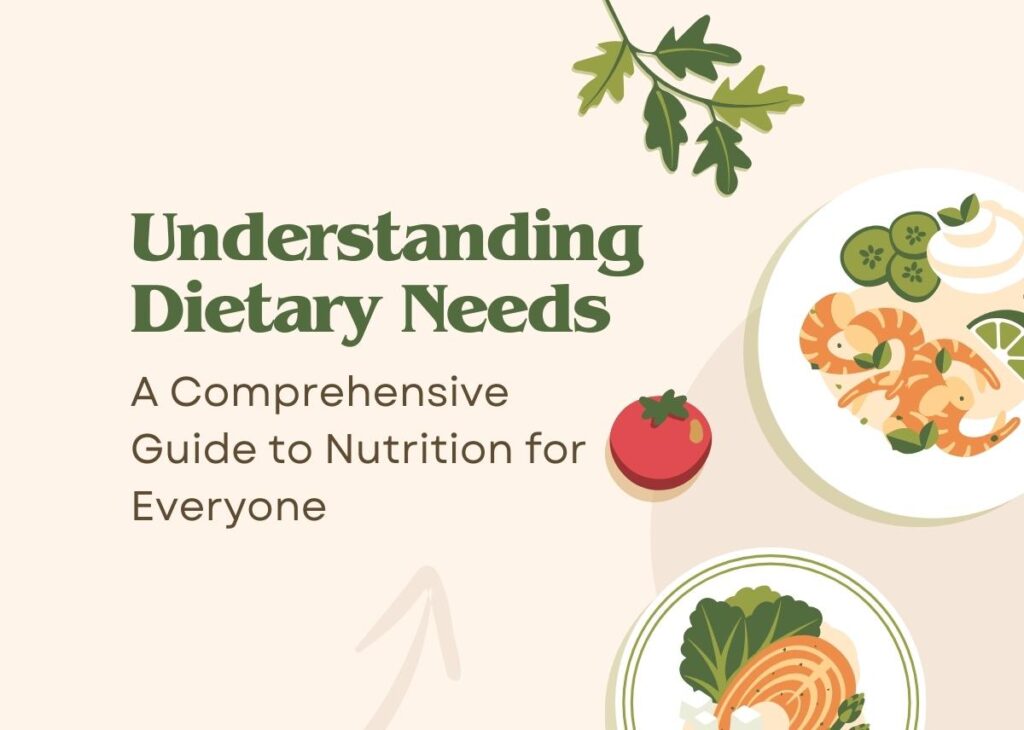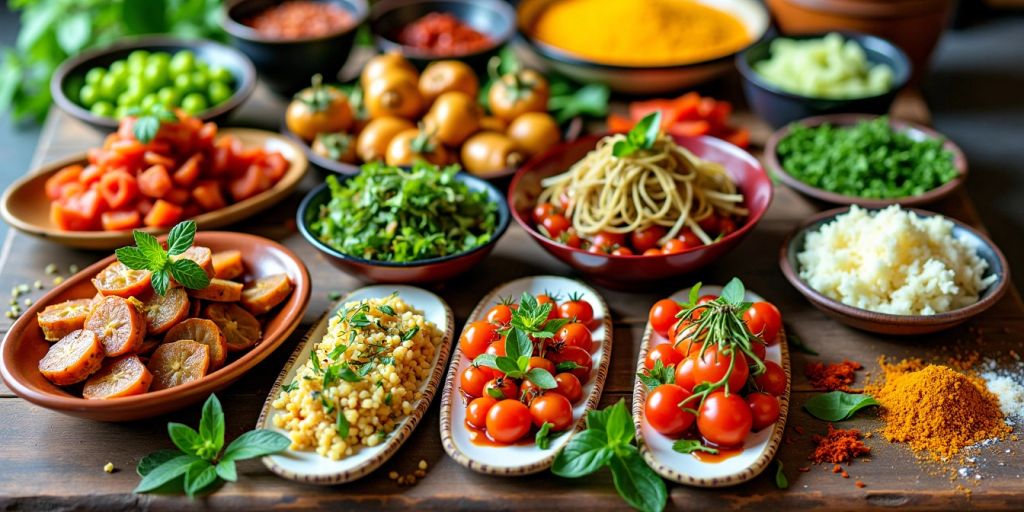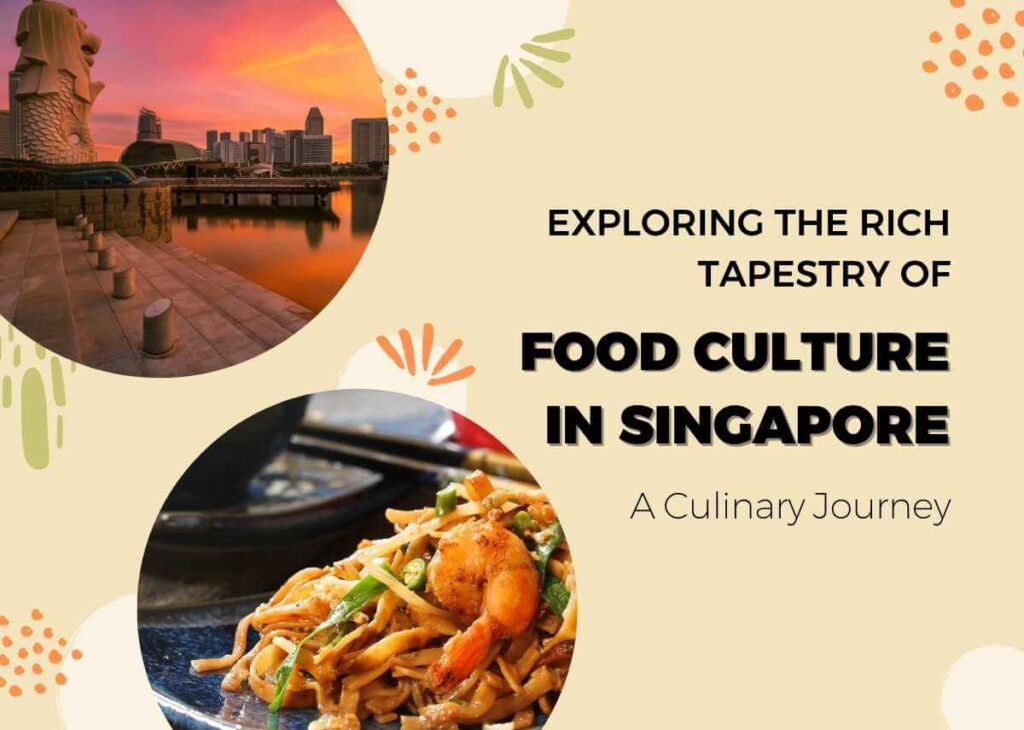Why Indians Eat With Their Hands: A Cultural and Scientific Exploration

The practice of eating with hands, prevalent across the Indian subcontinent, often sparks curiosity and intrigue.
While Western cultures rely on cutlery, and East Asian cultures favor chopsticks, Indians maintain a deep-rooted tradition of using their hands to partake in meals.
This practice is more than just a habit; it’s a blend of cultural heritage, spiritual significance, and scientific benefits.
Table of Contents
Why Indians Eat With Their Hands?
Cultural and Spiritual Roots
- Ancient Traditions:
- The practice of eating with hands in India is deeply entrenched in ancient traditions.
- Historically, food was first offered to deities before being consumed.
- This ritualistic approach imbues meals with a sense of sacredness.
- Parishesshanam:
- In many traditional households, especially orthodox ones, a ritual called “parishesshanam” is performed.
- This involves creating a water circle around the plate, chanting mantras, and offering the food to God.
- “Parishesshanam” translates to “food left after offering.”
- Cultural Identity:
- Eating with hands is a significant aspect of Indian cultural identity, passed down through generations.
- It fosters a connection to ancestral practices and traditions.
The Sensory and Digestive Benefits
Beyond cultural significance, eating with hands offers several sensory and physiological benefits.
- Enhanced Flavor and Texture:
- Direct contact with food allows for a heightened appreciation of its texture and temperature.
- The tactile experience intensifies the flavors, making meals more enjoyable.
- Imagine the experience of eating a drumstick with a spoon compared to using your hands. The experience is totally different.
- Improved Digestion:
- The nerve endings in our fingertips are believed to signal the stomach about the food’s temperature and texture.
- This prepares the digestive system for the meal, promoting better digestion.
- The tip of the fingers facilitate and aid in digestion and improves alertness.
- Mindful Eating:
- Eating with hands encourages a slower, more mindful approach to eating.
- It fosters a deeper connection with the food, promoting awareness of portion sizes and satiety.
- Eating with hands makes you feel more connected to food.
- Sensory Engagement:
- Eating with hands adds a dimension to food of your feelings and engages your senses.
- Our western counterparts may disagree and consider eating with spoons and forks, eating with hands is healthy and contribute to engaging our senses as well.
Practical Considerations

The nature of Indian cuisine often lends itself to eating with hands.
- Cuisine Compatibility:
- Many Indian dishes, such as roti, rice, and curries, are traditionally eaten with hands.
- These foods are easily manipulated and enjoyed with the fingers.
- Again, imagine eating drumstick with spoon, quite funny, isn’t it?
- Cultural Context:
- The way food is served and presented in Indian households often complements the practice of eating with hands.
Addressing Western Perspectives
While Western cultures may view eating with hands as unsanitary or unconventional, it’s essential to understand the context and benefits.
- Hygiene and Cleanliness:
- In Indian culture, cleanliness is paramount before meals.
- Washing hands thoroughly before eating is a standard practice.
- The idea is to keep the hands clean, not to avoid using them.
- Cultural Differences:
- Food etiquette varies across cultures.
- It’s important to respect and appreciate these differences, rather than judging them.
- Each country has different culture and cuisines. The method of preparation and method of eating them is also different. For example, people in western countries eat food with spoon and fork and in south east Asian countries with chopsticks.
- A Matter of Connection:
- While eating with spoon makes eating mechanical, eating with hands makes you feel more connected to food.
The Joy of Eating with Hands
Beyond the practical and scientific aspects, eating with hands brings a sense of joy and satisfaction.
- Emotional Connection:
- The tactile experience of eating with hands can evoke feelings of comfort and nostalgia.
- It connects us to our cultural roots and ancestral practices.
- Eating with your hands make you feel happy.
- Gratitude and Appreciation:
- The act of eating with hands can enhance our appreciation for the food and the act of nourishment.
- So next meal you eat consider all these points and have a bite thanking GOD for not only the food, but to have made you eat with hands as well.
Conclusion
Eating with hands in India is a practice deeply rooted in culture, spirituality, and tradition.
It’s not merely a habit but a holistic approach to dining that engages the senses, enhances flavor, and promotes well-being.
By understanding the cultural and scientific aspects, we can appreciate this unique practice and its significance in Indian society.
No comments yet
Leave a Reply
You must be logged in to post a comment.






Interesting Read !
I completely agree with this article…If I don’t eat Daal Chawal (Rice) with my hands i feel hungry. It tastes awesome to eat with hand. eg I love eating mangoes with hand where as I have seen many people eating with fork 🙂